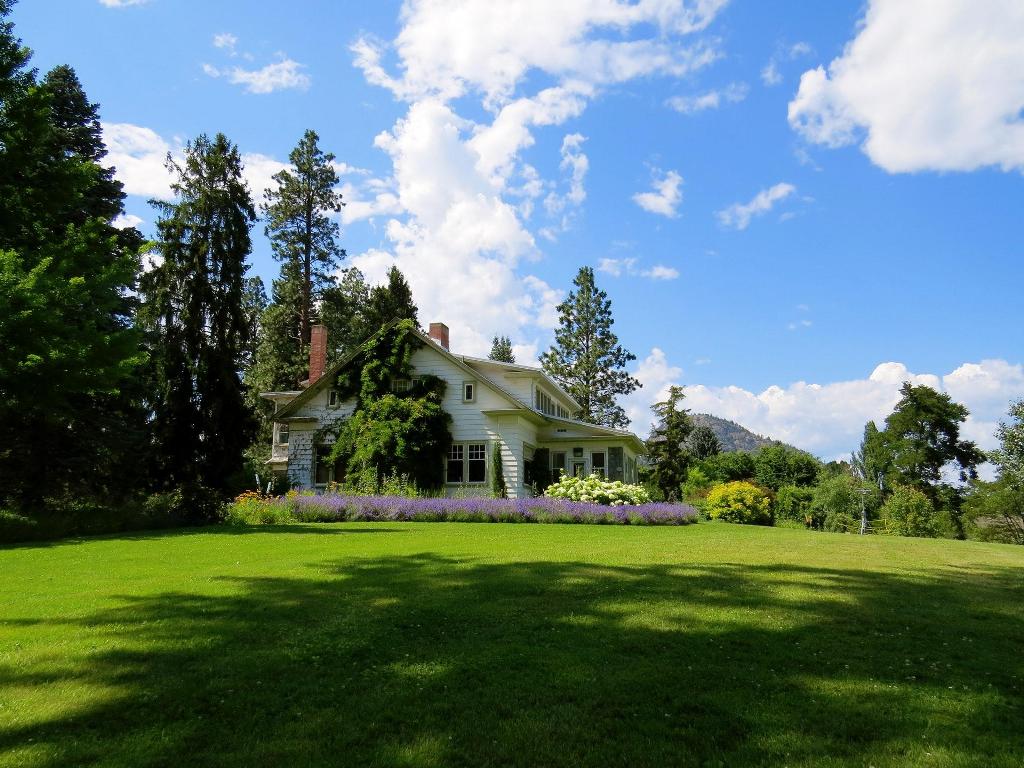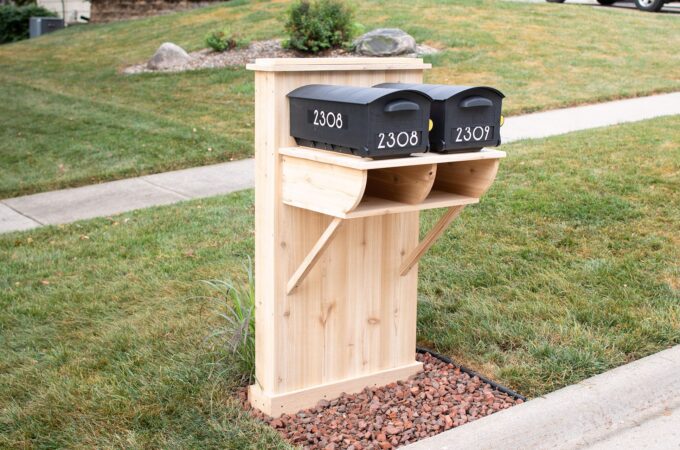
What to Consider Before You Lay a Turf Lawn
Admittedly, everyone is raving about succulents, local flowers and the best ways to create a low-maintenance garden, or how to grow their own fruits and vegetables. Generally speaking, big lawns are considered passé and are scorned for water wasting. However, there is nothing wrong with covering a patch of land with some turf, since you don’t really have a football pitch in your back garden, do you? Still, you had better be careful; otherwise, all the hard work may go to waste. Here is how not to let that happen:
Make a plan

You can’t just buy turf without first deciding which part of your garden you are going to lay it on. Create a clear plan with special places for your lawn, flowers, paths, or any other plants of elements you wish to introduce.
Mind the temperature
There are lots of factors, but this one is vital. The whole success of your endeavour depends on the timing. Spring and autumn are the most favourable since the temperature is just right, the soil is moist, and there is less traffic around the house. Nevertheless, we all know that climate change has created periods of extreme weather all around the world, so you had better inform yourself about the long-term weather forecast. Furthermore, some areas are more prone to challenges than others, so you will have to put in more effort and pay special attention if you wish for your project to succeed.
Types of Turf

Before laying a turf lawn, you should know exactly what kind of turf you need. It is obligatory that you check the weather conditions for your region. Surely spring and summer are wonderful seasons, but they are not always the same. If the time when you wish to lay a turf lawn coincides with a period of heavy rains, go for a waterlogging tolerant turf. They are specially made to withstand such conditions. In contrast, a couch blend turf is highly recommendable for areas famous for their dryness. Also, certain species are known to grow faster than the others, or they recover from droughts in an instant. As well as that, areas prone to winter frost have special turfs, too.
Soil preparation

Having chosen the right time for laying turf, let’s see how you can prepare the soil. There are several things to bear in mind:
- Clear the soil of any debris such as weeds, roots, some plastic objects, large stones, anything that may represent an obstacle to the roots penetrating the land. Of course, the old lawn has to go, too. You can lift it with a spade and leave it in the corner of your backyard to decompose, thus creating perfect compost. Alternatively, you can use some chemical weed killers, just bear in mind those can take up to 3 weeks to have the full effect.
- Inspect the bare topsoil – check its quality. You can do it in an easy way. Ideally, if you take a handful and you can form a ball out of the soil, that’s a good sign. It should be nice and tight, but easy enough to crumble if you prod it. This is a sure indicator the soil is ready for a new turf layer.
In contrast, if the ball doesn’t crumble, that means there is too much clay in your land.Grass roots may have difficulties with penetrating the land. This can be solved by introducing some organic matter, for instance. On the other hand, if the land has too much sand, you won’t be able to form a ball. The solution would be some high-quality topsoil, or perhaps you can add some compost.
- Ideal depth – finally, don’t forget to check for the topsoil depth. Try to dig a 15cm deep hole. If you don’t hit subsoil, you’re on the right track. This is the minimum depth.
Do some digging

If you have the right soil, the next step would be digging or rotovating. Should you be adding extra topsoil or some compost, they are to be spread before all the hard work. When you finish digging, level the land with a (landscaping) rake. Still, your job isn’t over yet. Such land is too soft, so you and your family can put on your gardening boots and shuffle the area a bit.
To summarize, if you wish for your lawn to look its best, follow the above steps about soil preparation, and choose the most suitable turf type for your conditions. From then on, its maintenance will be a real piece of cake, and you’ll spend more time admiring than watering it.




